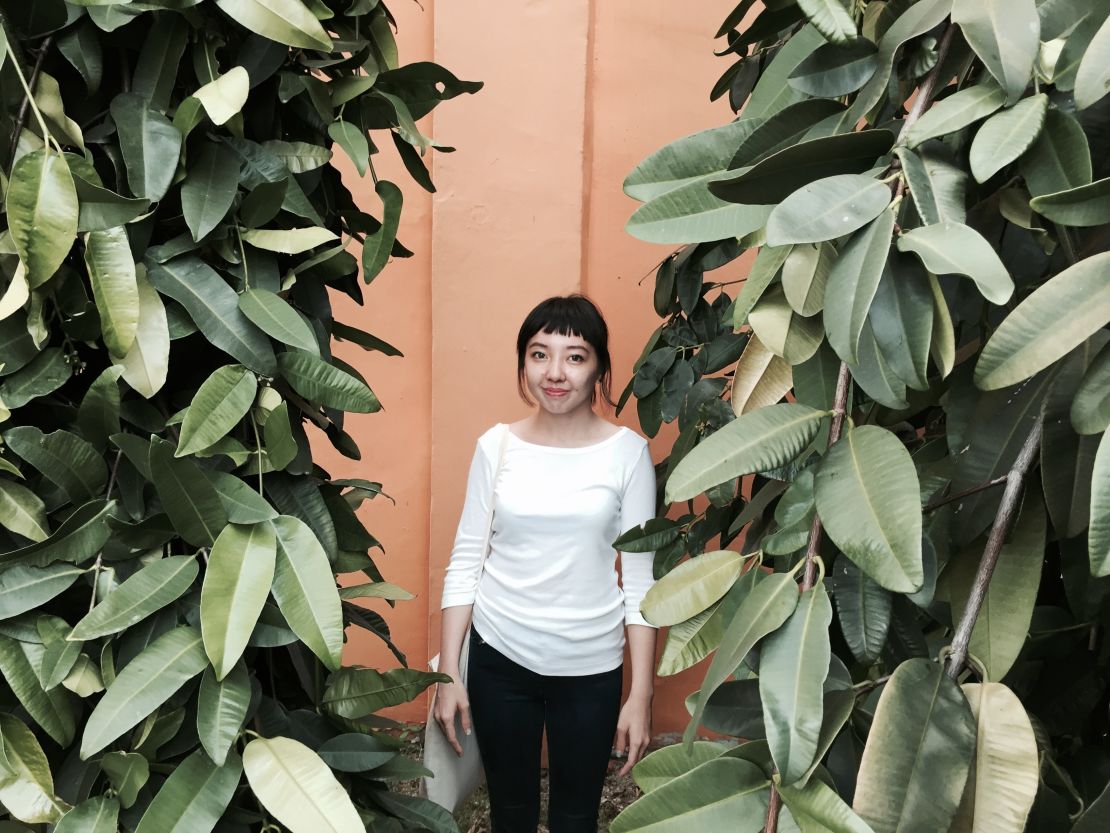Late last year, when Theresa Lim was visiting Australia’s western city of Perth, she found herself in front of a beautiful sunset.
Naturally, she wanted to grab her phone and take a photograph … but the battery was dead.
Rather than do what most of us would have – resign ourselves to fact that this was one moment our Instagram followers would just have to miss out on – she whipped out some thread and embroidered the scene onto a small piece of fabric.
“I had my craft supplies with me so I thought, ‘why not try to sew it as a form of photograph,’” she tells CNN.
“And after that, I realized I really enjoyed this process so I kept doing it.”
A few months on, 24-year-old Lim now has 14 embroidered pieces inspired by her travels to Australia, Vietnam, Europe and her home city of Singapore.
On average, Lim says it takes about two hours for her to embroider a single piece.

No stranger to the needle
A trained textile designer who’s had her work exhibited in shows in Singapore, Hong Kong, Bangkok and Tokyo, Lim’s clothing has already gained recognition in the region’s fashion circles.
But her tiny works of travel art are also earning her a huge following around the world.
Lim won’t pick a favorite piece, saying that’s like asking a parent to choose which child they prefer.
But she confesses that the most challenging destination to embroider was the Holocaust Memorial in Berlin.
“It looks easy because it’s all the same shapes, but because it’s very geometrical, it is very difficult to get the line directions right,” she says.
Confronting gender stereotypes
That the traditional craft of embroidery is often viewed as an old fashioned pastime for women hasn’t gone unnoticed by Lim, who cites English artist Tracey Emin as an inspiration.
In fact, it’s one of the reasons Lim took up the art form to begin with, noting that through history, embroidery has depicted “traditional women subservience and domestication.”
“A lot of my works are based on thoughts and study on gender stereotypes and women studies,” she says.
“I started doing embroidery when writing my dissertation on using it to challenge gender norms and issues. I also love the fact that it is extremely therapeutic and there are absolutely no limitations.”








